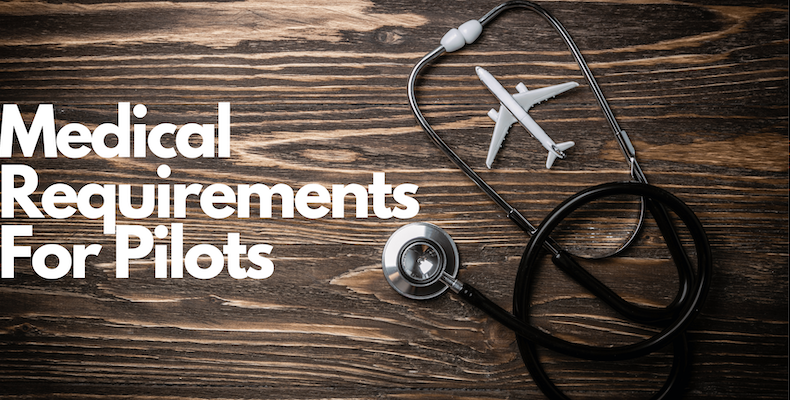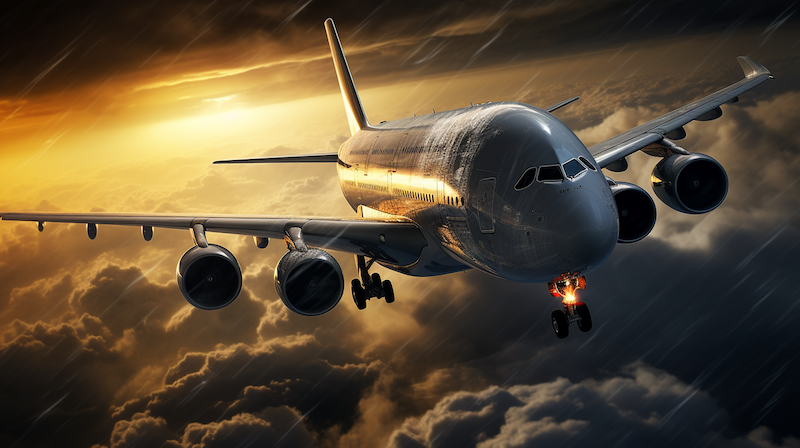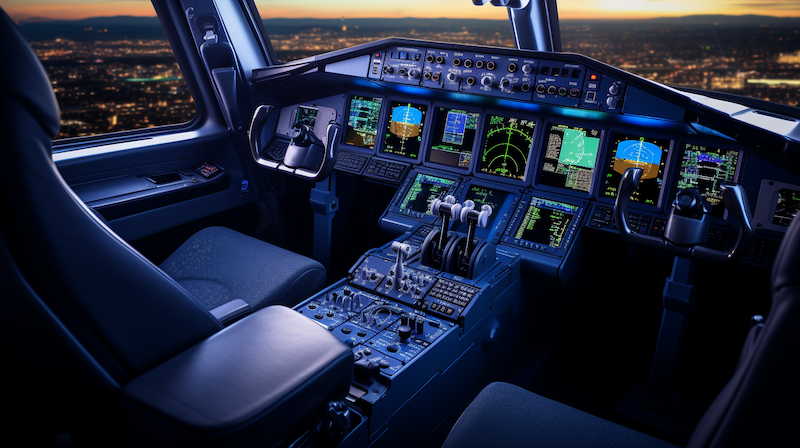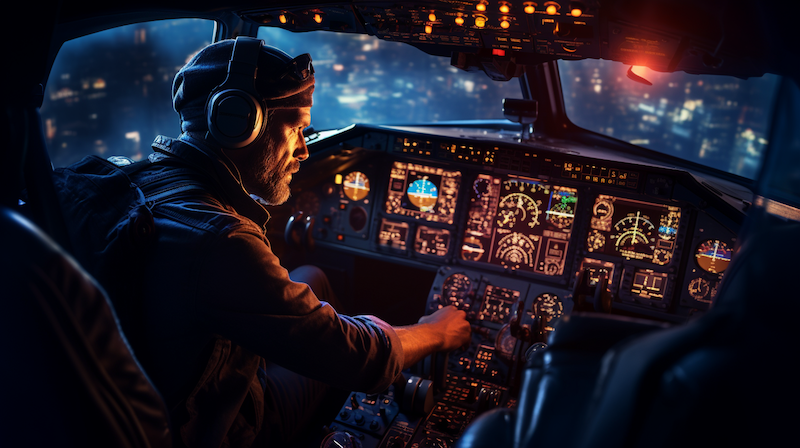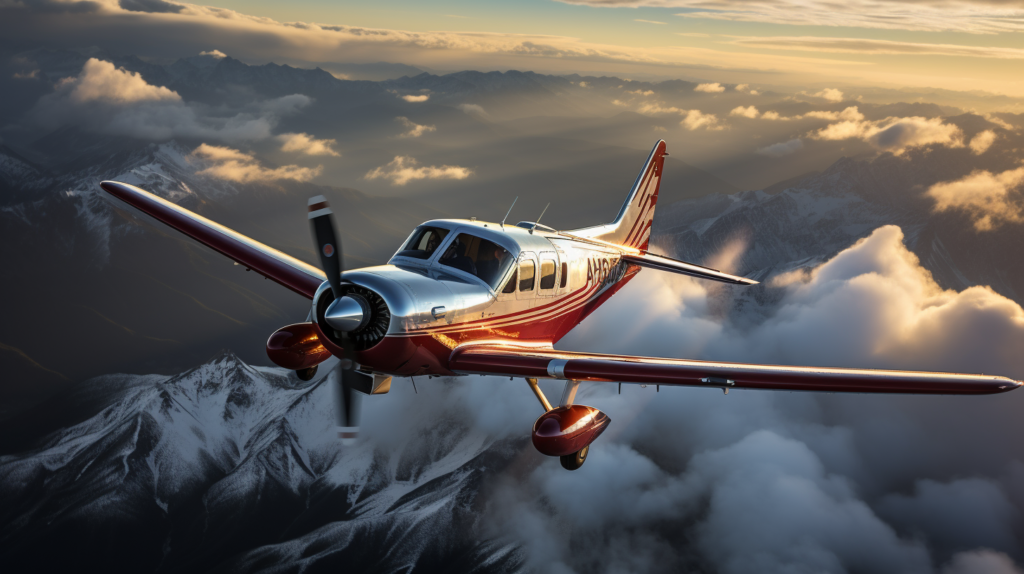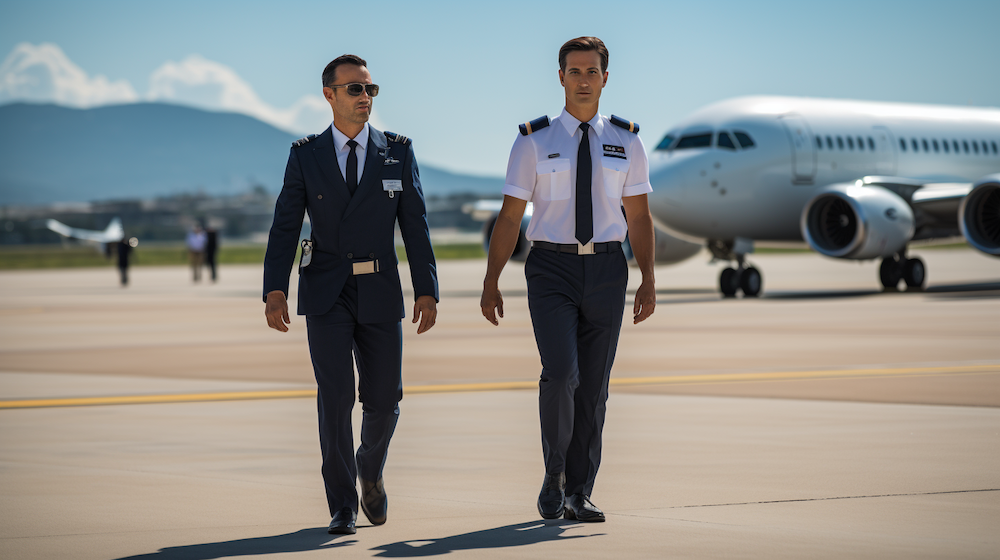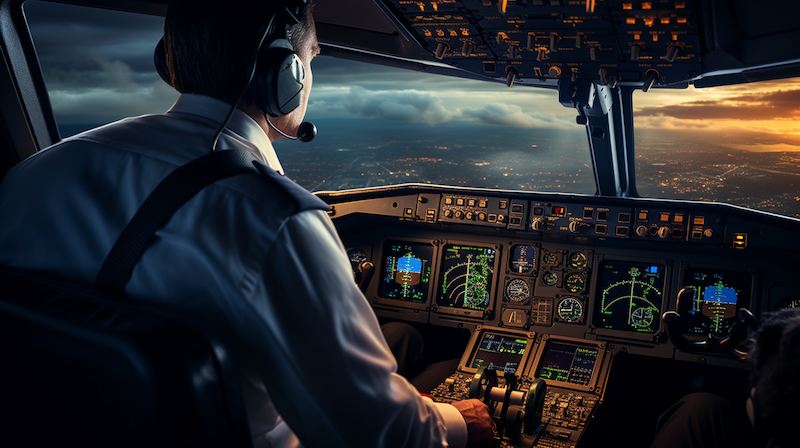What Are The Medical Requirements To Become A Pilot
Medical requirements to become a pilot are dedicated by the civil aviation authority of the country one wants to become a pilot in. The basic requirement for becoming a pilot includes being free of any communicable diseases, having a good eye-sight or corrections, and an acceptable level of hearing ability, all of which is further divided into categories such as Class I Medical Certificate and Class II Medical Certificate (depending on the job).

